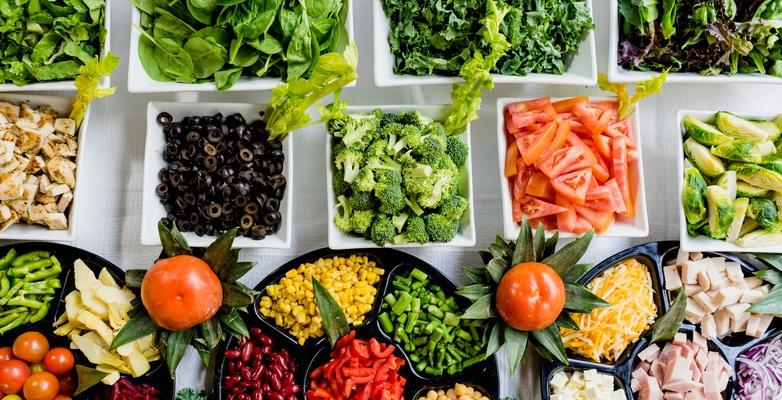
Food Security and the Climate Crisis
We know that climate change is a major threat to agriculture. The reasons why are about as straightforward as it gets: In any given place, normal, long-established climatic patterns dictate the types of food we can grow, as well as when, where, and how we grow them.
But as global temperatures rise, weather patterns shift, and precipitation becomes more unpredictable because of the climate crisis, farmers may struggle to keep up. And unless we take action now to fight back, it’s a struggle they could lose – to the detriment of every single person on the planet.
The impact of drought on agriculture needs little explaining, and a flood will wash a garden away as surely as thirst will reduce it to dust. These natural disasters can destroy crops outright. A field leveled by extreme weather certainly can’t produce fresh fruits and veggies.
But even slight changes in long-established rainfall patterns can wreak havoc on fruits and vegetables.
The amount of water a plant needs to flourish varies from species to species. Plants that have thrived in one area for thousands of years can be imperiled by even seemingly minor decreases in rainfall, especially when coupled with rising temperatures. On the other end of the spectrum, more rainfall isn’t always good for plant life – even if water is not collecting on the surface, soil can become over-saturated, and plants will drown.
“Eighty percent of the world’s crops are rain-fed, so most farmers depend on the predictable weather agriculture has adapted to in order to produce their crops,” Columbia University writes. “However, climate change is altering rainfall patterns around the world.”
As global temperatures have steadily increased at their fastest rates in thousands of years due to the burning of fossil fuels and the greenhouse effect, the change has directly affected things like water vapor concentrations, precipitation, and stream flow patterns. Changes in one area have consequences in another, and the resultant weather can be very different from place to place, disrupting the fragile ecosystems necessary for agriculture to thrive, as described above – and for safe, drinkable water to collect.
If we keep burning fossil fuels without making any real efforts to cut emissions, we could see average surface temperatures on Earth warm by more than 4 degrees Celsius (7.2 degrees Fahrenheit) by the end of this century. This would devastate global agriculture.
Without effective climate mitigation, “each degree-Celsius increase in global mean temperature would, on average, reduce global yields of wheat by 6 percent, rice by 3.2 percent, maize by 7.4 percent, and soybean by 3.1 percent,” according to four independent estimates compiled and published in the Proceedings of the National Academy of Sciences.
These findings come at a time when the global population is on the rise, leading to a clear conflict: Without necessary interventions in our food system, we may not have enough food to feed the growing population. And diminished food supplies and the resultant rising prices of staples like rice or wheat could also quickly lead to violent unrest.
With so much at stake, the time to fight back is now.
A global challenge needs a global solution. Wherever you are, whatever you do, no matter the time you have, you can do something right now.
Start by signing up for our email activist list and get the latest on the movement for climate solutions right in your inbox.




